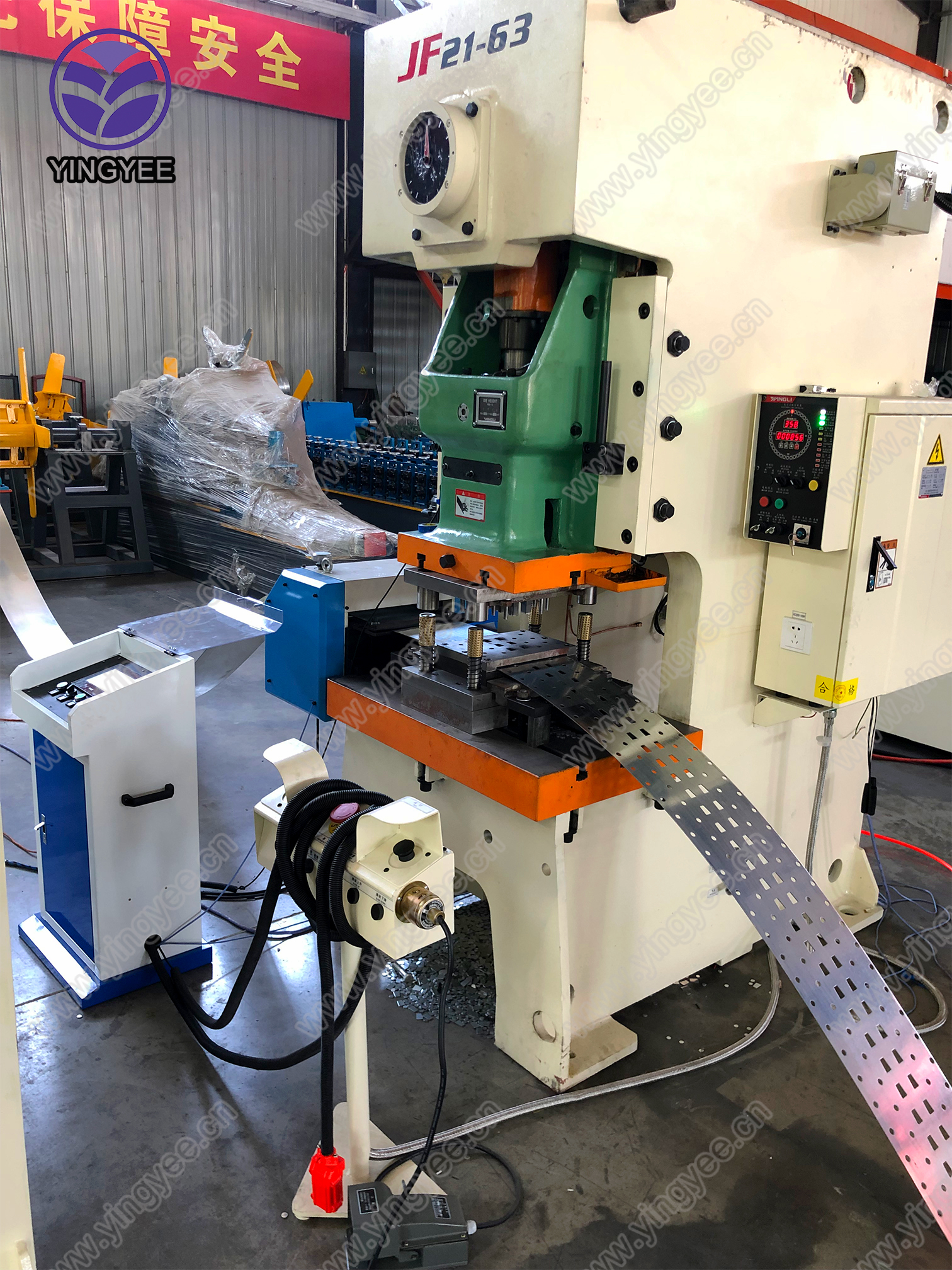
The Advancements in Sandwich Wall Panel Equipment
In the ever-evolving construction industry, the demand for efficient, durable, and cost-effective building materials has led to the rise of innovative technologies. Sandwich wall panels have emerged as a revolutionary solution, integrating insulation within two layers of structural material. This article explores the significance of sandwich wall panel equipment, the technology behind its manufacturing, and its benefits in modern construction.
Understanding Sandwich Wall Panels
Sandwich wall panels consist of two outer layers, often made of steel, aluminum, or concrete, with a lightweight core material such as polystyrene, polyurethane, or mineral wool. This unique design offers exceptional thermal insulation, soundproofing, and structural integrity. The panels can be prefabricated, allowing for quick assembly on-site, which significantly reduces construction times and labor costs.
The Manufacturing Process of Sandwich Wall Panel Equipment
The manufacturing of sandwich wall panels involves advanced machinery and equipment that ensures precision and efficiency. The key components of sandwich wall panel equipment include
1. Panel Production Line This is the backbone of any sandwich panel manufacturing facility. A typical production line includes a mixing station for the core material, an automated cutting and shaping system, and a lamination machine to bond the layers effectively. The incorporation of Computer Numerical Control (CNC) technology ensures that each panel is produced with the highest accuracy.
2. Foaming Machine For panels using polyurethane or expanded polystyrene cores, a foaming machine is essential. This machine combines specific chemicals that expand and harden to create a lightweight and effective insulation layer. The foaming process must be tightly controlled to maintain consistent density and quality.
3. Lamination Press Once the core material is prepared, the lamination press plays a crucial role in assembling the outer layers. This equipment applies heat and pressure to bond the layers firmly, ensuring durability and stiffness. The quality of the lamination process directly affects the performance of the sandwich panels.
4. Cutting Equipment After the curing process, the panels need to be cut to size. Advanced cutting equipment, equipped with high-precision saws or water jets, ensures that panels can be manufactured in various dimensions according to project requirements.

5. Quality Control Systems To maintain high standards, a robust quality control system is necessary. This often involves both automated testing and manual inspection of the panels for structural integrity, insulation value, and aesthetic appearance.
Benefits of Sandwich Wall Panels
The use of sandwich wall panels brings numerous advantages to the construction sector
- Energy Efficiency The superior insulation properties of sandwich panels reduce heating and cooling costs, contributing to more energy-efficient buildings. This aligns with global efforts to reduce energy consumption and carbon footprints.
- Speed of Construction Prefabricated panels allow for quicker assembly on-site, enabling projects to meet tight deadlines. Reduced time spent on construction translates to lower overall labor costs.
- Versatility Sandwich wall panels can be used in a variety of applications, from residential homes to commercial buildings and industrial warehouses. Their lightweight nature makes them suitable for different types of constructions.
- Cost-Effectiveness While the initial investment in sandwich panel equipment may be significant, the long-term savings in labor, energy costs, and reduced waste often outweigh these initial expenses.
- Sustainability Many manufacturing processes for sandwich panels utilize recyclable materials and produce less waste than traditional building methods. Additionally, the energy savings from their insulating properties contribute to a more sustainable approach to construction.
Conclusion
In conclusion, the advancements in sandwich wall panel equipment are transforming the construction landscape. By optimizing the manufacturing process and ensuring high-quality output, these systems are meeting the rising demand for efficient, sustainable, and cost-effective building solutions. As the industry continues to evolve, the role of sandwich wall panels is likely to grow, providing robust options for architects and builders aiming to meet the challenges of modern construction. This innovative approach not only enhances the efficiency of construction projects but also contributes to a greener future in building design.